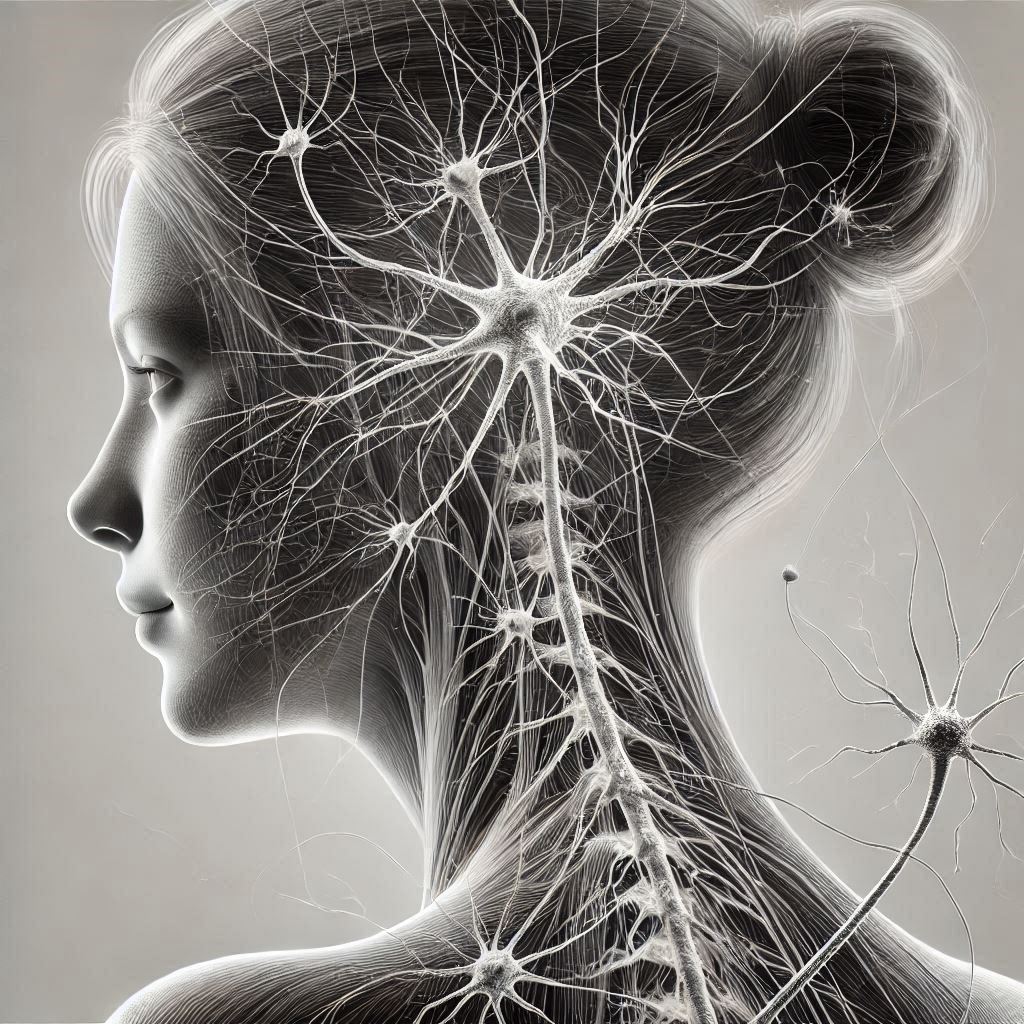Feeling overwhelmed by a sudden rush of anxiety? You’re not alone. Panic attacks can strike without warning, turning your world upside down within minutes. Here’s a reassuring truth: While they can be intense, panic attacks are manageable. In this post, we’ll explore immediate steps to regain control, offering practical tips that can help you calm down during a panic attack. Whether you’re at home, work, or in a public place, these strategies are designed to bring you relief and restore your peace of mind.
Understanding Panic Attacks
Panic attacks can be overwhelming and frightening experiences for those who face them. Understanding what a panic attack entails, its symptoms, triggers, and the impact it has physically and emotionally can help individuals navigate through these distressing episodes effectively.
What is a Panic Attack?
A panic attack is a sudden onset of intense fear or discomfort that reaches a peak within minutes. It is often accompanied by physical and emotional symptoms that can be distressing. During a panic attack, individuals may feel an overwhelming sense of impending doom or a fear of losing control, even when there is no real danger present.
Common Symptoms of a Panic Attack
Symptoms of a panic attack can vary from person to person but commonly include a rapid heart rate, sweating, trembling or shaking, shortness of breath, chest pain or discomfort, nausea, dizziness, and feelings of detachment. These symptoms can be debilitating and may make individuals feel like they are having a heart attack or going crazy.
Triggers for Panic Attacks
Panic attacks can be triggered by various factors, including stressful situations, traumatic events, certain phobias, major life changes, excessive caffeine intake, and even genetic predispositions. Identifying triggers can help individuals better manage and prevent panic attacks from occurring.
Physical and Emotional Impact of Panic Attacks
The physical impact of panic attacks can be exhausting, leading to fatigue, muscle tension, headaches, and gastrointestinal distress. Emotionally, individuals may experience heightened levels of anxiety, fear of future attacks, and avoidance behaviors to prevent triggering situations. Over time, frequent panic attacks can significantly impact one’s quality of life and overall well-being.
Understanding the nature of panic attacks, recognizing their symptoms and triggers, and acknowledging their physical and emotional toll is crucial in developing effective coping strategies and seeking appropriate support to manage these challenging experiences. If you or someone you know experiences panic attacks, remember that help and treatment are available to navigate through these difficult times.
For more information on panic attacks and their symptoms, you can visit Mayo Clinic – Panic Attacks and Panic Disorder and Cleveland Clinic – Panic Attacks & Panic Disorder.
Immediate Actions During a Panic Attack
Panic attacks can be overwhelming, but there are immediate actions you can take to help manage the symptoms. Recognizing the onset of a panic attack is the first step towards regaining control. Common physical and emotional signs include rapid heartbeat, shortness of breath, sweating, trembling, and a sense of impending doom. It’s essential to identify these cues early on to initiate coping strategies effectively.
Recognizing the Onset of a Panic Attack
Recognizing the early signs of a panic attack can empower you to intervene promptly. Symptoms may manifest differently for individuals, but being attuned to changes in your body and emotions is key. Monitor for cues like heart palpitations, dizziness, chest pain, or a sudden rush of fear. Acknowledging these signals can help you implement coping mechanisms before the panic escalates.
Breathing Techniques for Panic Attacks
Controlling your breathing can help alleviate the intensity of a panic attack. Deep breathing exercises, such as diaphragmatic breathing or box breathing, can regulate your body’s stress response. By focusing on slow, deep inhales and exhales, you can decrease hyperventilation and promote relaxation. Practicing breathing techniques regularly can enhance your ability to manage panic attacks in the moment.
Grounding Techniques to Stay Present
Grounding techniques are effective in redirecting your focus from anxious thoughts to the present moment. Engage your senses by identifying five things you can see, four things you can touch, three things you can hear, two things you can smell, and one thing you can taste. This sensory exercise helps anchor you in reality and reduces the impact of dissociation during a panic attack.
Utilizing Positive Affirmations
Positive affirmations can offer reassurance and encouragement during a panic attack. Repeat affirmations such as “I am safe,” “This too shall pass,” or “I have overcome challenges before” to instill a sense of calm and control. Affirming positive statements can counteract negative self-talk and promote a mindset of resilience. Incorporating affirmations into your coping strategy can shift your focus towards empowerment and self-soothing.
Remember, immediate actions during a panic attack involve a combination of self-awareness, breathing exercises, grounding techniques, and positive affirmations to navigate through the overwhelming experience. By practicing these strategies proactively, you can equip yourself with effective tools to manage panic attacks and promote emotional well-being.
Long-Term Strategies for Coping with Panic Attacks
Seeking Professional Help and Therapy: To effectively manage panic attacks in the long term, seeking professional help and therapy can be crucial. Therapists can provide guidance on understanding the root causes of panic attacks and teach coping mechanisms to deal with them. Techniques like cognitive-behavioral therapy (CBT) have shown significant success in helping individuals address and overcome panic attacks. Learn more about professional help for panic attacks.
Implementing Regular Exercise and Healthy Lifestyle Choices: Incorporating regular exercise and making healthy lifestyle choices are beneficial for managing panic attacks over time. Aerobic exercises release endorphins, which are natural mood lifters, and can help reduce anxiety levels. Additionally, maintaining a balanced diet, getting enough sleep, and avoiding stimulants like caffeine can contribute to overall well-being. Discover more about the relationship between exercise and panic attacks.
Exploring Meditation and Mindfulness Practices: Mindfulness practices, such as meditation, can play a significant role in coping with panic attacks in the long term. Meditation techniques focus on being present in the moment, calming the mind, and reducing stress levels, which are beneficial for managing anxiety and panic. Guided meditations specifically designed for panic attacks can provide immediate relief during distressing moments. Explore ways to manage panic attacks with meditation.
Understanding and Managing Triggers: Identifying and understanding triggers that lead to panic attacks is essential for long-term management. Common triggers include stress, certain situations, or even specific thoughts. Learning to recognize these triggers empowers individuals to develop coping strategies. Techniques like deep breathing, grounding exercises, and creating a calming mantra can help manage triggers effectively. Get insights into anxiety triggers to better navigate panic-inducing situations.
By integrating these long-term strategies into daily routines, individuals can build resilience against panic attacks and work towards a healthier mental state. Remember, each person’s journey is unique, so finding the right combination of strategies that work best for you is key to long-term success in managing panic attacks.
Creating a Personalized Panic Attack Toolkit
When facing the challenges of a panic attack, having a personalized toolkit can be instrumental in managing and alleviating symptoms. By curating a set of strategies and resources tailored to your needs, you can empower yourself to navigate through moments of heightened anxiety with greater ease. Here are key components to consider when creating your personalized panic attack toolkit:
Developing a List of Calming Activities
Building a repertoire of calming activities that resonate with you is a cornerstone of your toolkit. These activities should be easily accessible and effective in grounding you during times of distress. Consider practices such as deep breathing exercises, mindfulness meditation, gentle yoga, or listening to soothing music. Experiment with different techniques to discover what works best for you in soothing panic symptoms.
Identifying Trusted Support Networks
Establishing a network of trusted individuals who understand your experience with panic attacks can provide invaluable support during challenging times. This network may include close friends, family members, therapists, or support groups. Knowing that you have understanding and compassionate individuals to turn to can offer comfort and reassurance when panic strikes.
Utilizing Relaxation Aids and Distractions
Incorporating relaxation aids and distractions into your toolkit can offer immediate relief during a panic attack. Consider carrying items like stress balls, essential oils, or a comforting object that you can focus on to help reduce anxiety levels. Additionally, engaging in activities that divert your attention, such as reading a favorite book, practicing visualization, or using calming apps, can help shift your focus away from panic-inducing thoughts.
Building a personalized panic attack toolkit is a proactive step towards enhancing your resilience and coping mechanisms in the face of anxiety. By assembling a collection of strategies, support systems, and calming resources, you can equip yourself with the tools needed to navigate through panic attacks with greater confidence and stability. Remember, your toolkit is unique to you, reflecting what soothes and empowers you in moments of distress.
Maintaining Mental Well-Being Beyond Panic Attacks
In the midst of navigating through panic attacks, it’s crucial to prioritize your mental well-being beyond those intense moments. By incorporating strategies for long-term mental health maintenance, you can build resilience and cultivate a healthier mindset. Here are key practices to consider:
Prioritizing Self-Care and Stress Management
Self-care isn’t just a luxury; it’s a necessity for maintaining mental well-being. Allocating time for activities that bring you joy and relaxation can significantly reduce stress levels. Regular exercise, such as walking or yoga, can enhance your mood and overall health. Simple acts like eating balanced meals, staying hydrated, and getting quality sleep play a pivotal role in supporting your mental wellness. By accepting your feelings and participating in stress-reducing practices like mindful breathing, you can proactively manage stress levels and promote emotional balance.
For more tips on self-care and stress management, you can refer to resources like Caring for Your Mental Health, which provides insights into nurturing your emotional well-being.
Building Resilience Through Self-Compassion
Resilience serves as a shield during challenging times, and practicing self-compassion is a powerful tool to enhance your resilience. By treating yourself with kindness and understanding in moments of distress, you can cultivate a more positive outlook and bounce back from setbacks. Self-compassion not only fosters emotional well-being but also strengthens your ability to cope with stress and adversity. Research shows that self-compassion leads to healthier behaviors and aids in navigating through tough situations with greater ease.
To delve deeper into how self-compassion bolsters resilience, explore articles like How to Practice Self-compassion for Resilience and Well-Being.
Staying Educated and Updated on Mental Health
Knowledge is a powerful tool when it comes to mental health. Staying informed about mental health issues, coping strategies, and available resources can empower you to make informed decisions about your well-being. Education not only destigmatizes mental health but also equips you with the necessary skills to identify warning signs and seek professional help when needed. Understanding how education influences mental health and the various ways it can positively impact your overall well-being is essential for building a strong foundation of mental wellness.
For more insights on the relationship between education and mental health, check out resources like How does Education Affect Mental Health?.
By incorporating these practices into your daily routine, you can enhance your mental well-being, cultivate resilience, and approach life’s challenges with a more balanced perspective. Remember, taking proactive steps towards maintaining your mental health is a journey of self-discovery and growth.
Conclusion
Surviving a panic attack requires immediate, simple actions to regain control of your thoughts and emotions. Start by acknowledging the attack. Recognize that it is a temporary and highly manageable situation. Focus intensely on your breathing, employing slow, deep breaths to stabilize your heart rate and ease the sense of overwhelming anxiety.
Utilize a calming mantra, something reassuring like “I am okay, this will pass,” to provide a steady focus for your mind. If possible, engage in grounding techniques such as holding an ice cube or pressing a cold washcloth to your neck, which can distract from the panic and help refocus your senses.
Remember, panic attacks are common and manageable. With these strategies, you have the tools to face them confidently and restore your peace of mind quickly.








